
GUEST BLOGGER CAROLINE ARNOLD
The kindergarteners in Room 6 are growing a salad! Their teacher Mrs. Best brought seeds and young plants to school. The children prepared the soil and planted the seeds and seedlings. They water, measure, and watch as the plants grow bigger, taller, riper! In Planting a Garden in Room 6: From Seeds to Salad (Charlesbridge, 2022) joyful photographs depict children tending the garden, harvesting, and eating the results. The story follows a real kindergarten class as they learn firsthand about the growth cycle.
Reading strategies
Main text
The text of PLANTING A GARDEN IN ROOM 6 has two levels—the main narrative, printed in larger type, and sidebars, printed in smaller type. Headings are green and in capital letters for emphasis. What is the effect of telling the story in the present tense? Does it make you feel as if you are participating in the process?
Sidebars and captions
The sidebars and captions add information, provide the opportunity to introduce more difficult vocabulary, and expand material in the main text. Note the sidebars printed over a photo of a watering can, reinforcing the concept that plants need water to grow.
Photos
“Reading” the photos is an important part of understanding the book. Photos add information to the story (such as showing what newly sprouted seeds look like), show the children in their environment (in the classroom and the school garden), provide a sense of scale (the size of a pea pod on a child’s hand), and focus on details for a closer look ( aphids and ladybugs). The photos also reveal the children’s emotional response to the pleasure of growing their own food.
Back matter
Back matter includes answers to questions about planting a school garden, vocabulary, links to online information about gardening with children, and a list of relevant books.
Hands-on activities
Timeline
The events of the story in PLANTING A GARDEN IN ROOM 6 occur in chronological order. You can use these events to create a time line, beginning with preparing the soil and planting the seeds and ending with harvesting the vegetables. Alternatively, you can document the day by day observations of the garden in the squares of a calendar.
What do you see in your magnifying glass?
Seeds are tiny—and each one is different! A magnifying glass helps students get a close look. The students can document their observations by drawing a diagram and writing a short description of what they see.
Sprouting bean seeds
You can find many kinds of dried beans and peas–navy beans, lima beans, kidney beans—in the supermarket. Usually, they are cooked and used in soups or hot dishes. But if you plant the dried beans, you can watch them grow.
You will need a glass jar or clear plastic cup. Line it with a damp paper towel. Put a bean between the towel and the glass. Keep the towel moist. In a few days a root will appear. Measure the root and stem each day to see how fast they grow.
After the bean sprout has used up the food stored in the seed, it needs nutrients in the soil to continue growing. You can plant your sprouted bean seed (paper towel included) outdoors in a pot filled with soil or in the ground and it will grow into a leafy plant.
Planting a school garden
The story of PLANTING A GARDEN IN ROOM 6 is set in Southern California, where winters are mild and ideal for cool weather plants such as lettuce and radishes. The Room 6 garden was planted in mid-February and harvested in April. Every garden is different. What you plant will depend on the time of year, the climate where you live, and the location of your garden. A local garden store can help you choose the best seeds and plants for your area. In colder climates garden plants can go in later in spring—radishes mature and are ready to pick in just six weeks—or a fall garden can be planted in August at the beginning of the school year.
Caroline Arnold has been writing since 1980 and is the author of 170 books for children. Planting a Garden in Room 6, a JLG Gold Selection, is the third book in her Room 6 series, with companion books Butterflies in Room 6 (2019) and Hatching Chicks in Room 6 (2017), all illustrated with her own color photos. Other recent titles include A Day and Night in the Rain Forest in her Habitats series illustrated with her own cut paper art. A noted science writer, Caroline Arnold has had thirty-three books on the NSTA Outstanding Science Trade Books list including Too Hot? Too Cold? and A Warmer World. Her books are inspired by her travels, her love of animals, fossils, and the out-of-doors. She lives in Los Angeles, California. Connect with Caroline at www.carolinearnold.com, https://carolinearnoldart.blogspot.com/, or on Twitter at @CarolineSArnold.


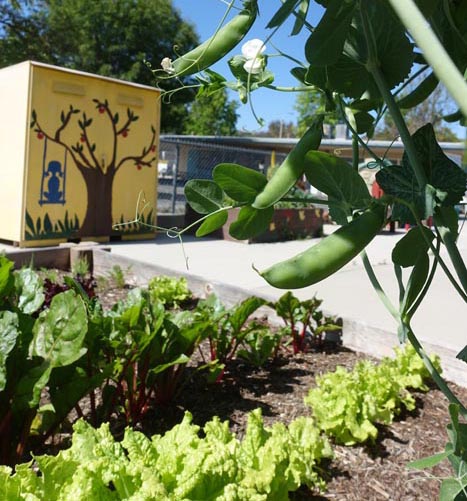
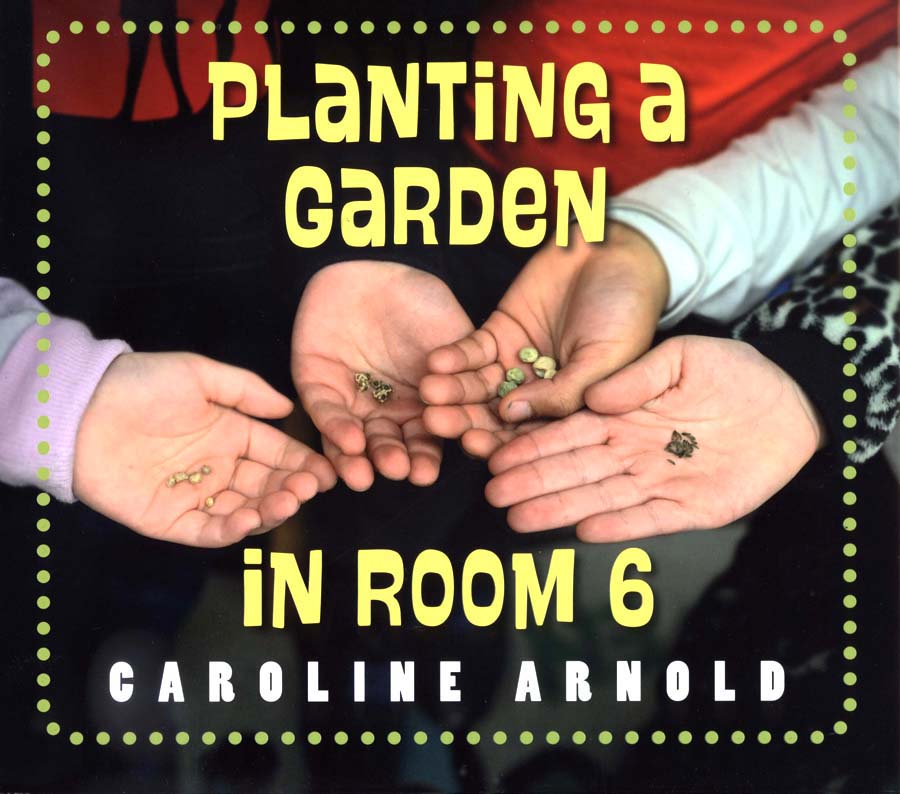
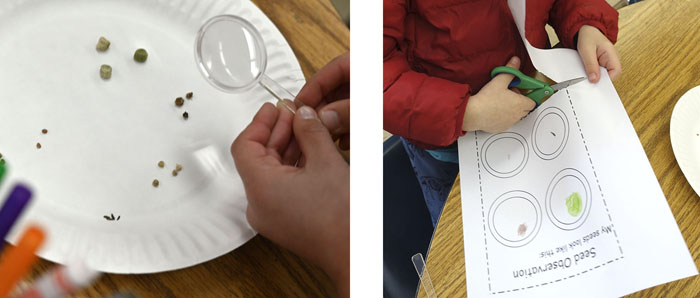
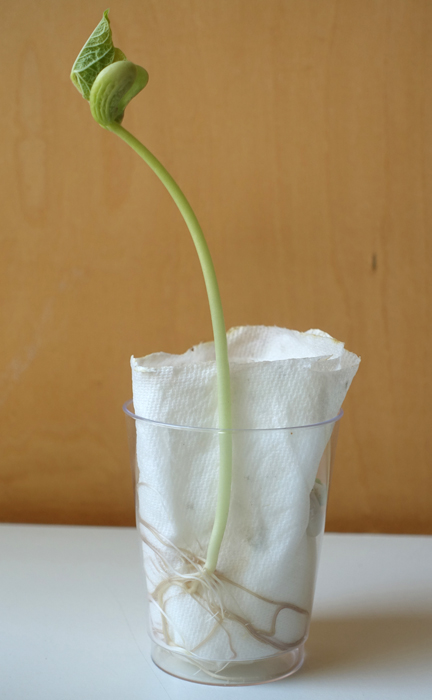
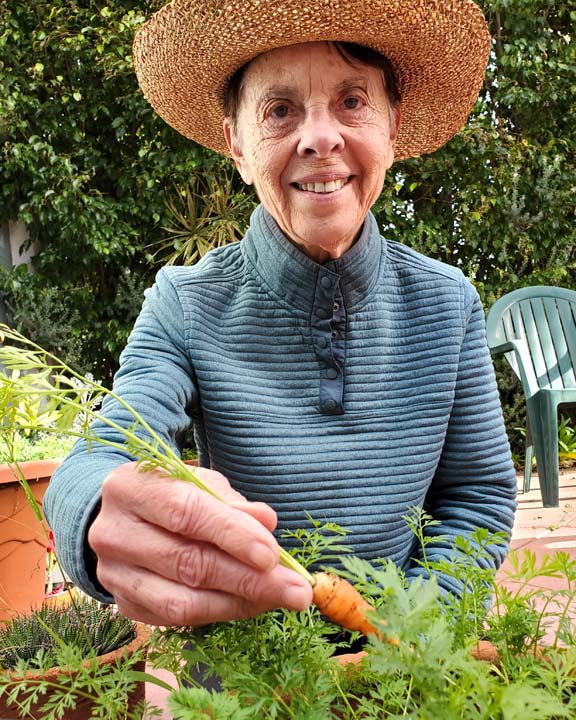

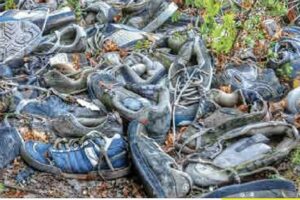
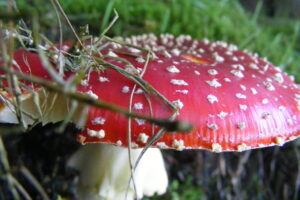


Leave a Reply
Your email is safe with me.